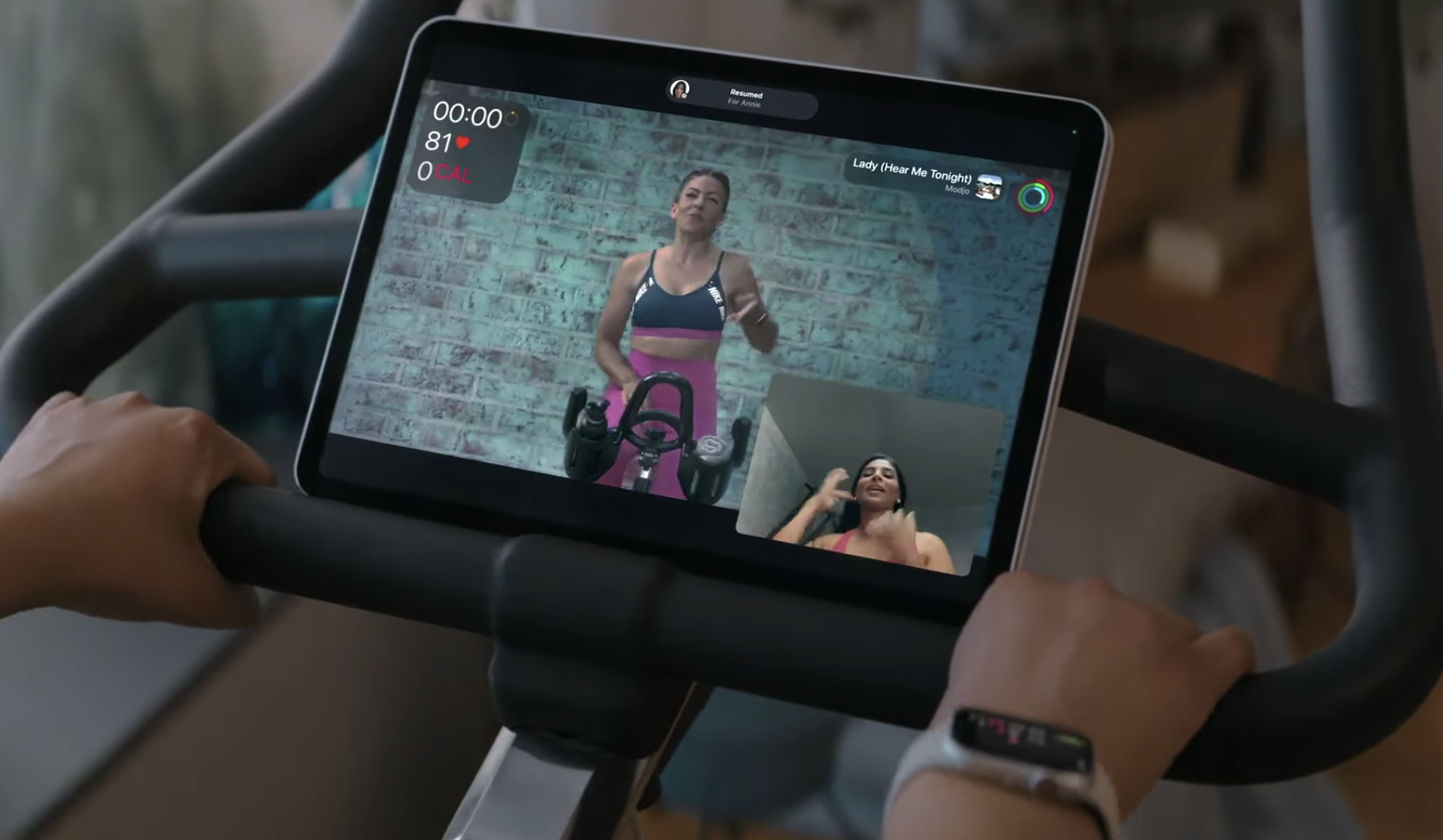This is an excerpt from Please Like Me, BuzzFeed News’ newsletter about how influencers are battling for your attention. You can sign up here.
Why isn’t Instagram better at elevating its own creators?
The 2021 Met Gala’s theme was ostensibly “In America: A Lexicon of Fashion,” but in reality, it was the year of the influencer.
While influencers have been invited to the exclusive fashion event before (YouTuber Liza Koshy was even a red carpet host multiple times), more online celebrities attended than ever this year. Emma Chamberlain, Addison Rae, Nikkie Tutorials, Dixie D’Amelio, and even my former colleague Eugene Yang were some of the famous creators to make the cut. (This of course caused many people to bitch and moan that the gala is rUiNed...but I don’t want to give that outdated opinion energy here.)
This year’s gala also had a social media theme due to the official sponsor of the event: Instagram. The platform rolled out a huge content bonanza for the event, with “BTS content, commentary, and exciting activations” exclusively on the app. The CEO, Adam Mosseri, attended the event, and seated with Mosseri at the Instagram table were young up-and-coming stars and tastemakers like Jordan Alexander of the new Gossip Girl, Saweetie, and Simu Liu. The social media company picked a special “meme correspondent” for the event, Saint Hoax, and chose a stable of creators to make Reels about the event.
Looking at the coverage of all the influencers and social media stars at the gala, I had one big question: Where were all the Instagram influencers?
For all the talk about an influencer takeover at the Gala, no one seemed to point out they are mostly talking about one type of influencer: video creators. The few online celebrities who have been invited before, Liza and James Charles, and also Lilly Singh and beauty guru Camila Coelho, all got their start on YouTube. In fact, Italian blogger Chiara Ferragni and blogger-turned-actor Tavi Gevinson are the only Instagram influencers or bloggers who have ever been invited, as far as I can tell. This year, only YouTubers and TikTokers were added to the list.
This is strange because so many of the biggest names in Instagram influencing and blogging write and create content about fashion. Some of the earliest successful bloggers were Leandra Medine Cohen of Man Repeller, Aimee Song of Song of Style, and Blair Eadie of Atlantic-Pacific — who all wrote and still write about fashion. Emily Schuman of Cupcakes and Cashmere, Julia Engel Berolzheimer of Gal Meets Glam, and Rachel Parcell of Pink Peonies all have had or have clothing lines at Nordstrom. Courtney Quinn of Color Me Courtney just launched a capsule collection at Rent the Runway; Danielle Bernstein had a line at Macy’s. (I know, I know, Leandra and Danielle are problematic, but let’s not yell about that right now.).
It’s not like having a huge interest in fashion is even required for an invite. Emma Chamberlain is a Gen Z style icon, but Addison Rae has never been a huge fashionista. Many of the YouTubers invited in the past are beauty vloggers, not fashion ones. Lilly Singh is a comedian, and many of the actors invited are much more invested in Hollywood than fashion week.
So what gives? I have a few ideas, and they go back to how the social media industry has developed over the past five years or so.
Early YouTubers and bloggers were the first creators to truly make money on the internet, and they largely began their rise on equal footing. Lilly, for example, started her YouTube channel in 2010, the same year Blair started Atlantic-Pacific. Back then, no one really talked about making money on the internet, and these early pioneers were dedicated to creativity and self-expression rather than sponsorships and fame. For many, their fame came as a happy accident, and the ones who have been able to build out a lucrative career from it have been able to take their early viral success and maintain it.
In the mid-2010s though, the paths of video creators, Instagram influencers, and bloggers began to diverge. The mainstream media and Hollywood began paying a lot more attention to vloggers than influencers, showing interest in creators like Lilly, Grace Helbig, and Tyler Oakley, who began getting opportunities in traditional media. Gossip magazines began following the exploits of creators like the Paul brothers and James Charles.
By the time TikTok began minting its own celebrities, the mainstream media and Hollywood were primed to finally take online celebrities “seriously.” Gatekeepers have embraced new faces like the D’Amelio sisters and Addison, and to a lesser extent Chase Hudson and Noah Beck, with an almost gleeful hunger, trotting them out for ad deals galore and giving them mainstream Hollywood success early video creators could have only dreamed of.
These opportunities though, rarely are given to influencers on Instagram, many of whom began as bloggers. That’s not to say they aren’t successful. Many mainstream influencers have built extremely lucrative careers, have their own beauty, home, or clothing lines, and have millions of followers. However, they don’t enjoy the same fame and perks as video creators.
Why is this? It could be the way the platforms treated their talent in the crucial window of the 2010s, when the industry was becoming what it is today. As I have written about previously, YouTube and Instagram had very different strategies. YouTube has actively cultivated its talent for many years, highlighting creators on billboards and running programs with perks and a dedicated support team. YouTube famously also awards prizes to creators who reach certain milestones, like 1 million subscribers.
No Instagram influencer ever has been rewarded with a similar honor. For most of its life, Instagram has had a very laissez-faire attitude toward the influencers that built its platform into what it is today. In fact, many influencers have told me in the past that not only do they not get perks or special privileges from Instagram, but also it is often extremely difficult for them to even contact someone at the platform if they have an issue with their account. Instagram recently launched a $1 billion bid to woo creators into its platform, but it fell a tad flat with established influencers, as many of the incentives it offered creators revolve around video, not static photos, and seemed to be designed to incentivize younger people to abandon TikTok more than anything else.
It’s interesting to view how Instagram handled its Met Gala press through this lens. In a press release, Instagram said it had chosen several creators to produce content for the event, including several makeup artists, the previously mentioned “meme correspondent,” and a group of “internet commentators and Instagram creators.” Instagram provided the accounts for these people, but the only one I recognized was the meme account “My Therapist Says.” The rest are similar meme or comedian accounts, artists, and actors. No traditional influencers were included, the closest being Eva Chen, Instagram’s director of fashion partnerships.
Some may say that the influencers I am referring to here, or any Instagram influencers at all, are too washed up or millennial to be included, when it’s clear both Anna Wintour, Hollywood, and Instagram are chasing Gen Z eyeballs. But there are younger Instagram influencers, and millennials are likely more into the Met Gala than college students are. Or maybe it’s that video just naturally lends itself to movies, TV, and therefore, Hollywood. Others may say influencers usually don’t have as many followers as, say, Addison Rae or James Charles. But is that a chicken-or-the-egg scenario? If Instagram had done a better job of getting its creators in front of the public eye sooner, could their platforms have gotten bigger? We don’t really know.
It’s becoming clear though, that the powers that be are paying attention to a certain kind of influencer, not all influencers. It would be nice, though, if Instagram gave some of the people who built their platform into a fashion and shopping destination a seat at their table.
—Stephanie McNeal
Watching Apple Fitness+ compete with Peloton will be fascinating and hilarious

At Apple’s annual event announcing its latest products on Tuesday, the company introduced additional features to its Fitness+ app. Apple will be diversifying the types of classes it provides, like Pilates and winter sports, and will provide shorter workouts.
In the presentation for its Fitness+ services, the company highlighted the trainers on its app specifically.
“Meditate alongside your favorite trainer in an immersive experience,” it pitched its new Pilates classes.
After watching this announcement, I found it hard to imagine that Apple wasn’t heavily inspired by the hype and meteoric growth Peloton has had over the past year. As I wrote in a previous newsletter, Peloton’s greatest asset and selling point has been its cast of diverse and charming instructors. Many trainers are skilled, extroverted, and vibrant, but Peloton encourages its team members to lead with a ~personality~. That quality makes them a nice blend of traditional celebrities, who are usually known first for a talent or skill, and influencers, who are famous for being ~themselves~ and usually slandered for not having a standout talent or skill.
It’s working really well for the company. Clips of Peloton instructor (and new Dancing With the Stars cast member, helloooooo????) Cody Rigsby have gone so viral that I believe commenters when they say things like, “I’m buying a bike because of him.”
I’ve admitted that I sometimes take classes solely because of the parasocial relationship I’ve developed with some of my favorite instructors. Hey, it’s a great impetus for me to exercise.
Apple must be paying attention, and conspiring about how it can stay competitive. The issue, however, is Peloton’s inimitable selling point is extremely hard to hack. Finding trainers who are equally skilled as they are personable and charismatic takes time. Building a seemingly organic relationship with a community of devoted followers can take a lot of effort and luck. If Apple were smart, it would start to steer its business in this direction.
But because you cannot clone personalities, Apple may have a hard time building its own roster of larger-than-life instructors. It is kind of a hilarious thought experiment to imagine Apple trying, though. I’ve been really tickled by the idea of funhouse-mirror versions of a Cody, or an Ally Love. Or if Apple instructors started brainstorming their own inspiring euphemisms or stealing iconic lines from Peloton’s. There may even be trademarking wars over workout one-liners — the ceiling for ridiculous corporate fallouts is truly endless.
I will be watching, and loling, while half-assing a side plank.
Until next time,
Tanya

